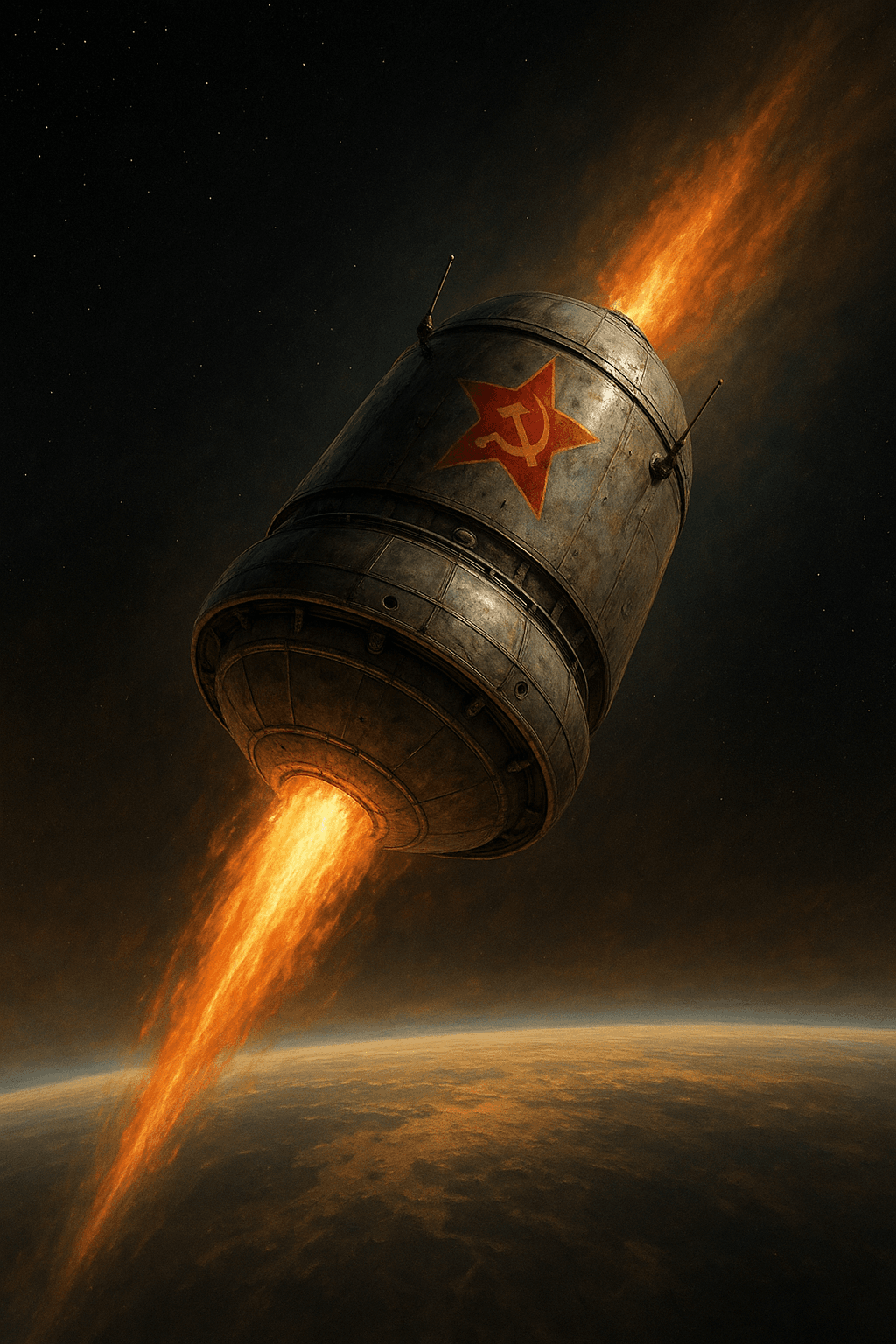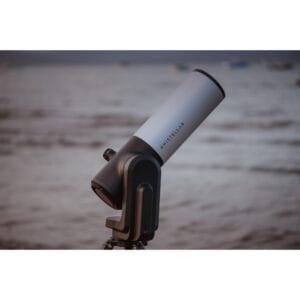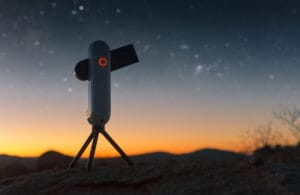On May 10, 2025, something remarkable will happen in the world of space exploration: the Soviet lander Kosmos 482 will return to Earth after more than fifty years. The spacecraft was launched in 1972 as part of the ambitious Venera program, designed to explore Venus. However, due to a launch error, Kosmos 482 never escaped Earth’s orbit. Now, decades later, this forgotten capsule will make its entry into the atmosphere – an event that is being monitored worldwide.
What Exactly is Kosmos 482?
Kosmos 482 was designed as a robust Venus lander, built to withstand the extremely high pressure and temperatures on planet Venus. The vessel weighed approximately 495 kilograms and had a titanium shell, intended to remain intact during landing on Venus. When the launch failed in April 1972, the spacecraft became stranded in an elliptical orbit around Earth. Part of the system fell back to Earth quickly, but the landing module remained in a stable orbit – until now.
Did you know?
Kosmos 482’s sister spacecraft, Venera 8, did successfully land on Venus and collected data for 50 minutes.
Why is Kosmos 482 Only Returning Now?
Spacecraft in low, elliptical orbits gradually lose altitude due to friction with the upper layers of the atmosphere. For Kosmos 482, this process took more than 50 years. According to ESA, the object’s reentry into the atmosphere is expected on May 10, 2025, around 08:37 AM Dutch time, with a margin of uncertainty of several hours.
Because the module is built so robustly, space experts expect parts of the vessel to survive reentry. The risk of these components causing damage on Earth is small, but cannot be completely ruled out. The object could land anywhere between 52 degrees north and south latitude – from Southern Europe to parts of Australia and South America.
How Big is the Risk?
Although it sounds scary, the chance of Kosmos 482 landing in a populated area is very small. After all, more than 70% of our planet is water. Nevertheless, this incident serves as a reminder of the growing problem of space debris and old missions that unexpectedly become relevant again decades later.
According to space agency ESA, it’s primarily the strength of the landing module that makes this situation unique. There are few pieces of space debris that remain so intact and massive in Earth orbit after more than half a century.
Can Kosmos 482 be Seen?
For those who want to try tracking this piece of space history themselves: websites like Heavens-Above offer real-time tracking of objects in the sky. By entering your location and searching for “Kosmos 482 landing module”, you can see if the object will pass over your region. Although it’s difficult to spot due to its speed and altitude, it may be visible as a bright dot in the sky under certain conditions.
Space History above our Heads
The return of Kosmos 482 is a reminder of the early years of interplanetary exploration and the Soviet Union’s ambitions. It’s simultaneously a current case in the debate about space debris and sustainability in space exploration. What happens to all those hundreds of objects launched decades ago but never retrieved?
For astronomy enthusiasts, this is a fascinating moment. Not only because of its historical value but also because it shows how complex and long-lasting space technology can be. And perhaps most beautifully: all of this happens above our heads, and in some cases even visible in the sky.
Want to Learn more about Space Exploration?
Want to read more about space history, current launches, or smart telescopes that let you observe special objects in the sky yourself? Take a look at our other blog posts or check out smart models like the Seestar S50 or the DWARF 3, which even allow you to track satellites and space debris.





